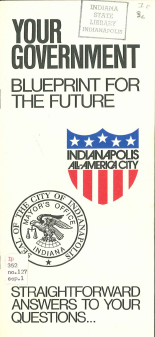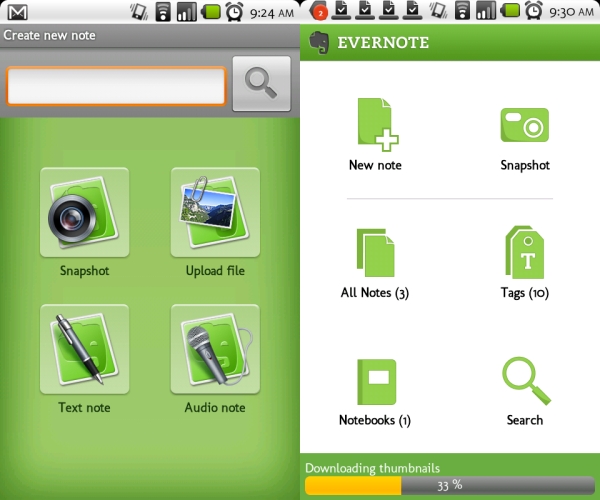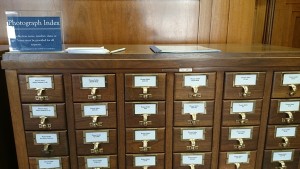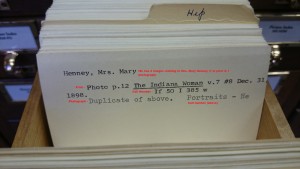I recently had the opportunity to visit the Sullivan County Public library and meet new director, Jordan Orwig. He was kind enough to allow me to interview him for the library blog.  Are you from the area? If not, where are you from originally?
Are you from the area? If not, where are you from originally?
Yes, I have lived in Sullivan my entire life except for a short stint as a college student at Indiana University in Bloomington, IN. Living in another town was a great experience, but it was nice to move back home, get involved, and reinvest in the town where I grew up.
When I was a child my parents actually looked into buying the house that currently houses the library administration offices. Obviously they didn’t purchase it, but it seems like one way or another I was always meant to be in it.
What inspired you to work in libraries?
Books and reading have been passions for me for as long as I can remember. After college, I started working at a local newspaper. I was there for a number of years, and then I heard about the possibility of a job opening at the library. After looking into getting my MLS, everything just seemed to click. The Sullivan County Public Library was actually my first employer, too. I worked as a page all through high school, so I think it’s fitting that I get to come back to the same library where I entered the working world.
What is your favorite thing about working for your library?
Besides being surrounded by books every day? I am involved in a number of organizations that serve our community. Working at the library is just one more opportunity that I can utilize to make the county I grew up in a better place. I love the fact that libraries can mean different things to different people. While one person might come in to check out books every week, someone else might only come in once to send in a job application. It’s humbling to consider that the library can help people on many different levels.
What is your favorite book?
Perdido Street Station by China Miéville It was actually assigned to my wife in one of her college courses in 2008. I’d never heard of the guy, but she thought that I’d like it since I was into sci-fi and fantasy, so she gave it to me after the class wrapped up. I fell in love with everything about it immediately. I am not exaggerating when I say that it changed my life and changed how and what I read. Ever since then, I’ve read almost everything he’s written and haven’t shut up about him.
If you could have dinner with any three famous people in recorded history, who would they be and why?
I would be lying if I didn’t include the aforementioned Miéville in that group. I think my answer above should explain why. The other two would have to be Andrew Carnegie and Matthew McConaughey. Carnegie because – come on, this is a library blog, I pretty much have to pick him! In all seriousness though, I’d love to hear his thoughts about his affect on this nation and its libraries. I’d pick McConaughey because of an interview I heard with him on NPR’s Fresh Air program. He’s definitely a guy who knows who he is, where he came from, and what his place is in the world. If you haven’t listened to it, go check it out and I bet you’ll want to meet him, too.
What do you enjoy doing when you’re not at work?
My wife and I are pretty avid bicyclers. We also discovered obstacle course racing this year and have already completed a Tough Mudder, with several other races planned yet this year. They are absolutely insane, fun, and worth trying. I have also played bass in a band with my wife and friend for about two years now. We play country music, but faster and louder than what you usually hear on the radio.
This blog post was written by Amber Painter, Outreach Librarian. For more information, contact the Professional Development Office at (317) 232-3697 or email statewideservices@library.in.gov.









